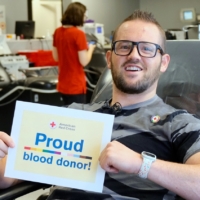How Telehealth Can Expand Access to HIV Prevention Strategies
In 2020, only 25% of people who could benefit from pre-exposure prophylaxis (PrEP), a medication that reduces the risk of acquiring HIV, were prescribed it. Using telehealth to provide PrEP — an approach known as “tele-PrEP” that predates the COVID-19 pandemic — shows potential for expanding access to PrEP use in the United States. A new report from the Kaiser Family Foundation, funded in part by the Southern California HIV/AIDS Policy Research Center (SCHPRC), takes a deep dive into the tele-PrEP landscape, from the types of providers offering the service to the successes of the approach and the barriers that remain. “This report marks an important step forward in understanding how tele-PrEP is being implemented in California, the state with the largest number of tele-PrEP users,” said Ian Holloway, a UCLA Luskin professor of social welfare and co-director of SCHPRC. “This novel approach to providing PrEP services has the potential to increase access to this HIV prevention strategy.” Drawing from in-depth interviews with representatives from major telehealth companies and other providers that offer PrEP, the study identifies a wide range of operational models and financing structures — differences that have implications for clients, providers and businesses. While tele-PrEP offers an additional avenue for some people to access services, significant challenges remain, including insurance barriers, policies that hamper uptake, and knowledge gaps among both individuals and providers, the study concludes.










Leave a Reply
Want to join the discussion?Feel free to contribute!